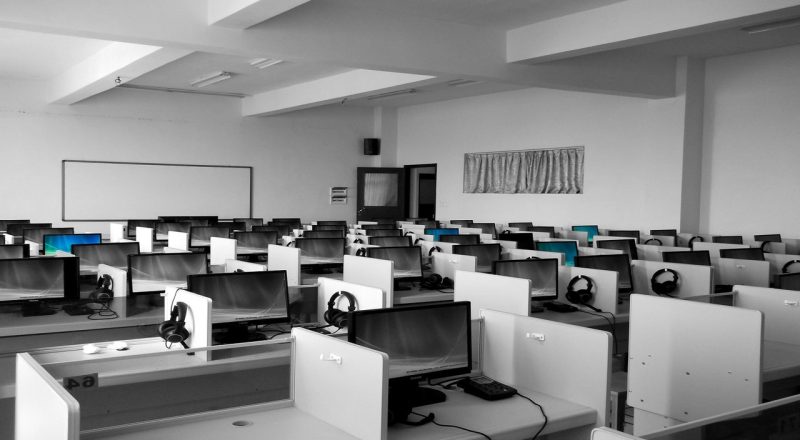Companies are switching to LED lighting in 5.6 million commercial buildings in the United States. Work is also underway in many regions to add solar solutions for energy independence.
The number of luminaires connected inside and around these buildings offers excellent opportunities to influence and optimize space-consuming activities through additional sensors and data analysis.
While the immediate goal of LED retrofits is often energy efficiency and improving the appearance of spaces, there are long-term gains in business productivity that result from creating connected, intelligent environments.
Internet of Things
It’s no secret that IoT is growing at a dizzying pace. According to australia online casino sites, total consumer and commercial spending on IoT in 2017 was almost $ 2 trillion, and companies intend to deploy 3.1 billion connected devices this year.
This means that data demand is more critical than ever. We see more and more preferences for cloud-based solutions over on-premises solutions. A Software Advice study found that in 2008, 88% of shoppers preferred local solutions; six years later, in 2014, 87% preferred cloud solutions.
As the industrial internet grows rapidly, forward-thinking organizations will prioritize data management and make it more practical.
Advances in distributed energy technologies
Advances in distributed energy technologies reinforce the need for enterprises to create connected facilities. In other words, companies waste money if they don’t convert to energy-efficient technologies. Consider the following:
– The cost of installing solar energy has decreased by 60% since 2010.
– Today, LEDs are manufactured for a tenth less than ten years ago, while at the same time providing 20 times more possibilities.
The resulting imperative for companies is to explore alternative energy sources (i.e., solar energy) and more efficient lighting options – the waiting cost is too high.
Breakthrough new business models
Breakthrough new business models emerge every day. It is becoming increasingly clear that the market is demanding an end-to-end solution provider that looks at the surroundings of a building or facility with energy efficiency in mind + networks with sensors + software for business productivity + financing + more.
What is an intelligent environment?
Given the above trends, industrial companies must act now to digitize their facilities and prepare their operations for the future for the many changes to come. In short, they need to create intelligent buildings.
But what is an intelligent building?
The term, first coined by the Institute of Intelligent Buildings in the 1980s, is “the one that provides an efficient and cost-effective environment by optimizing four essential elements: structure, systems, services and management, and the interrelationship between them.
Currently, powered by GE, it goes one step further. At GE, we have a long history of building industry-leading industrial machinery. Our current focus is being a digital industrial company that connects machines digitally to leverage big data analytics, helping our clients gain insight and optimize their business.
At Current, we start by ensuring energy efficiency with our LED, solar and digital technologies. As electricity prices continue to rise and an average of 30% of energy is wasted in commercial buildings, energy is a mature opportunity.
Given that lighting is ubiquitous in indoor and outdoor placement. It is the main starting point for increasing energy efficiency through LED and sensor networks retrofits.
The best part of this equation is that LED energy efficiency savings are just a turning point for overall cost savings. By creating intelligent environments using sensor networks, companies are paving the way for future innovation and savings.
How do we create intelligent environments?
To better understand how businesses can create intelligent environments, let’s look at an example of a smart environment created in one of Current’s customer locations.
Final thoughts
For industrial companies, digitizing buildings and facilities is no longer optional in today’s rapidly changing digital landscape: it is critical to increasing business productivity to catch up or stay one step ahead of industry competitors.
Keeping one step ahead of the competition means they need to use data and analysis about their facilities’ performance and determine how and when to deliver energy efficiency savings and improve business processes.
